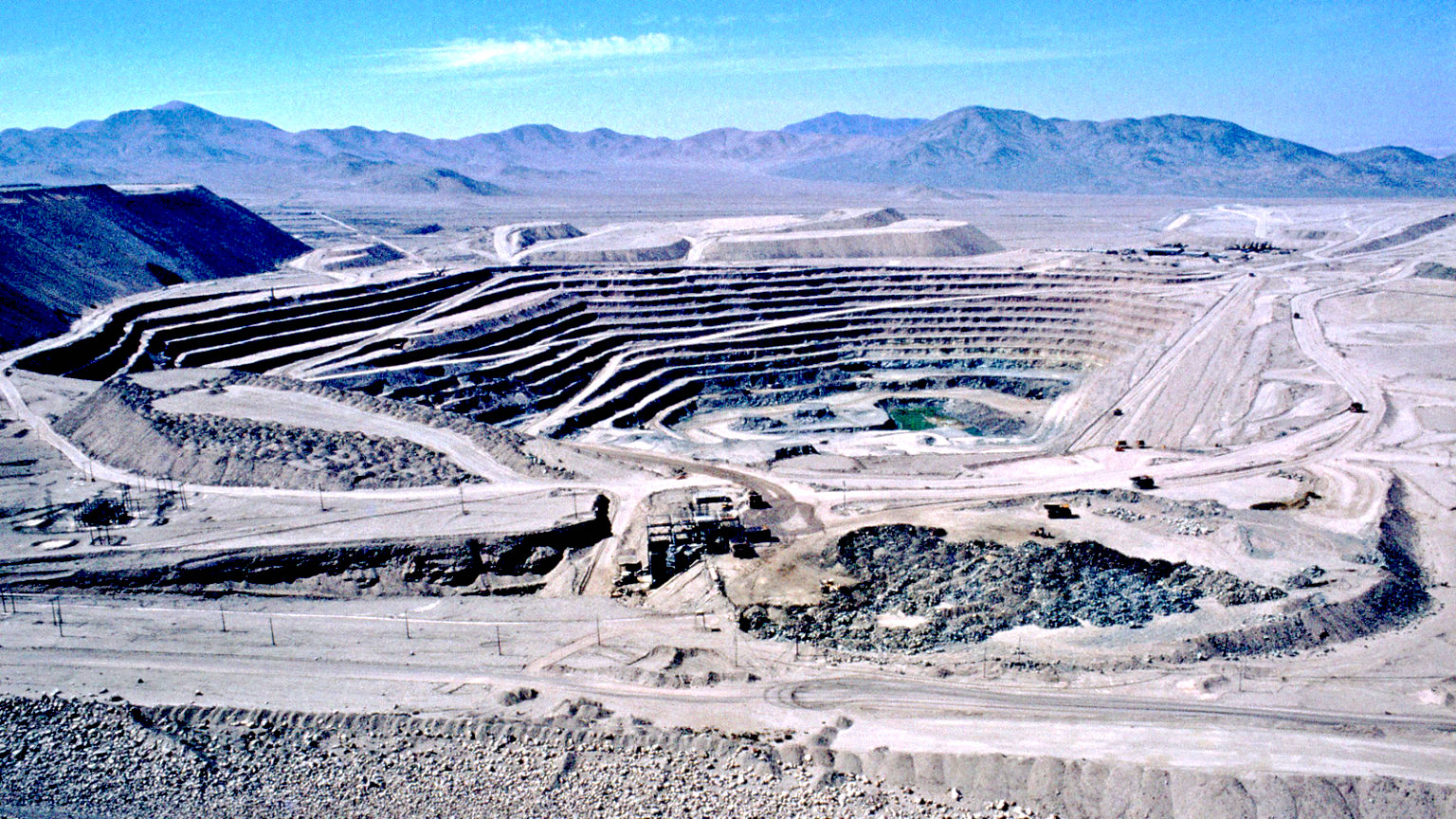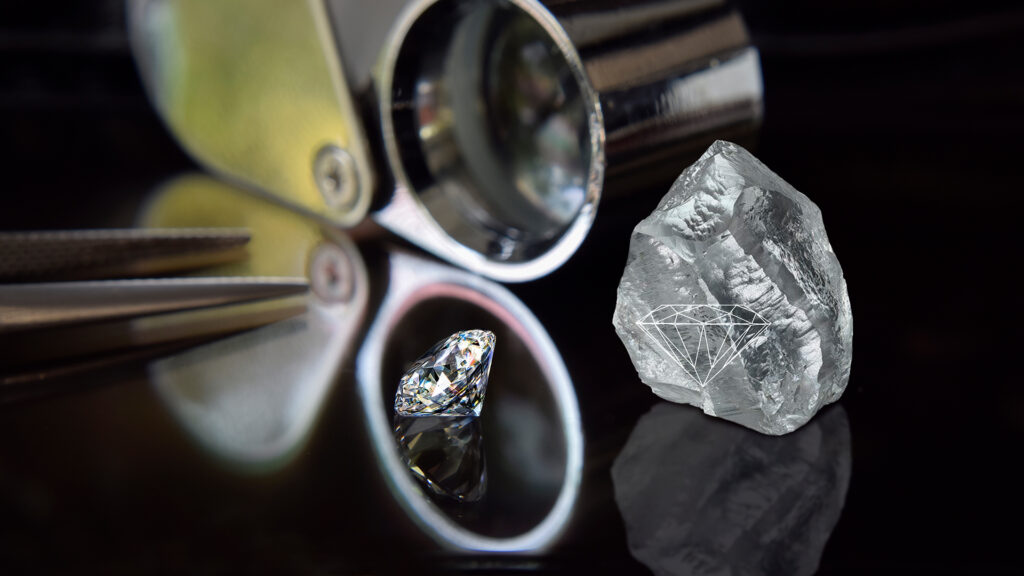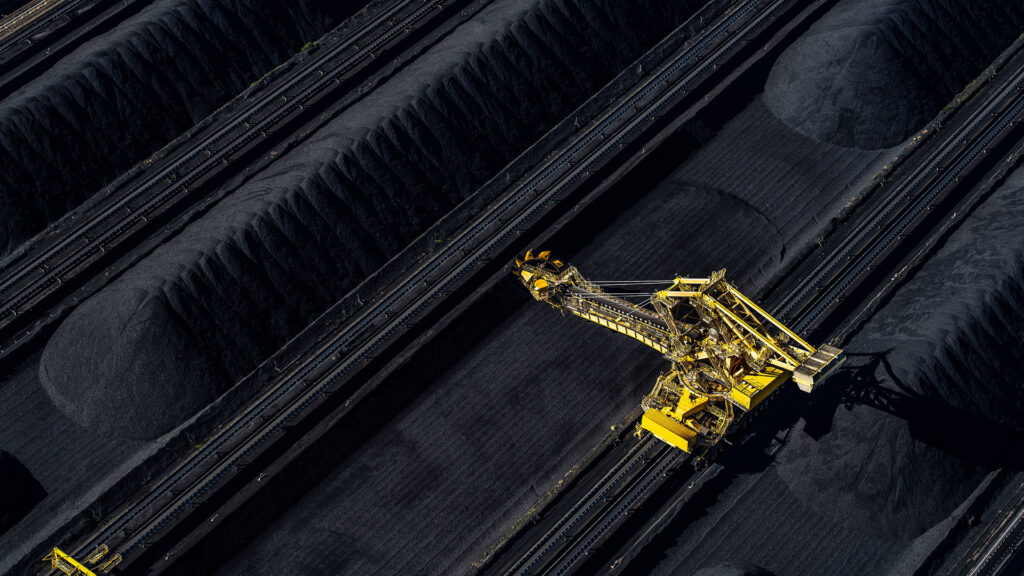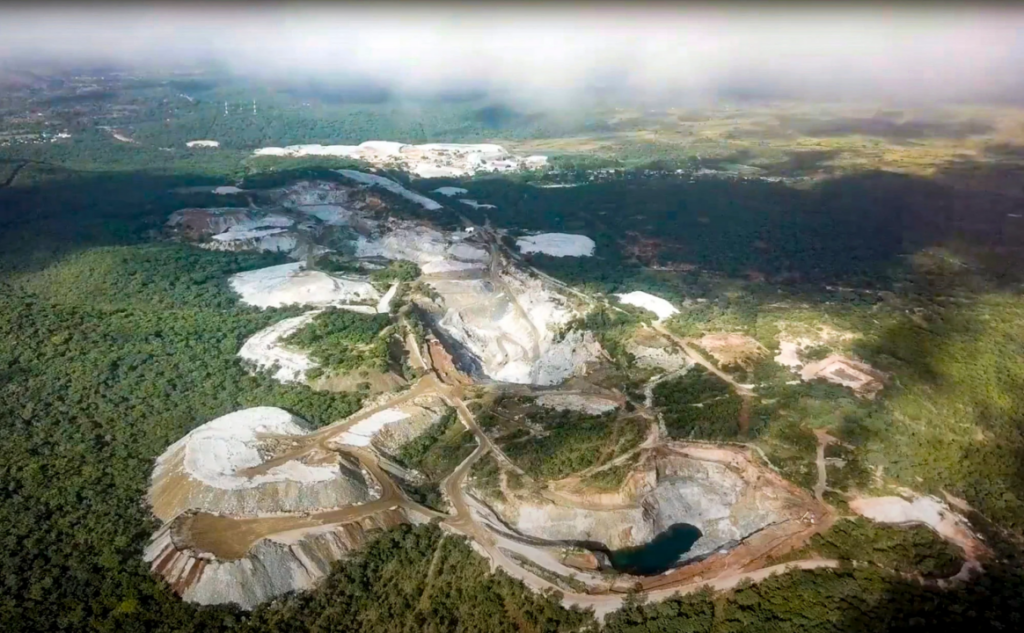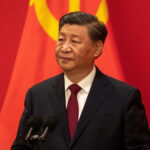Lithium has become a critical resource in the modern world, powering everything from electric vehicles (EVs) to renewable energy storage systems. As demand continues to rise, the world’s largest lithium producers are competing to secure their place in the global lithium market.
Below, we explore the top lithium producers based on market capitalization and production output in 2024.
Overview of Global Lithium Production
The global lithium production landscape has undergone significant changes in recent years, driven by the increasing demand for lithium-ion batteries in electric vehicles and other clean technologies. As of 2021, global lithium production surpassed 100,000 tonnes for the first time, with Australia, Chile, and China accounting for roughly 90% of global production. This surge in production is a direct response to the booming electric vehicle market and the growing need for renewable energy storage solutions.
Lithium batteries have become increasingly significant due to the surge in electric vehicles and clean technologies, highlighting the substantial market valuation of lithium-ion batteries.
Australia leads the charge with its vast hard-rock lithium mines, while Chile leverages its rich lithium brine deposits in the Atacama Desert. Extracting lithium involves complexities and different methods, such as hard-rock and brine mining, each with its own challenges related to cost, environmental impact, and processing times.
China, on the other hand, has established itself as a critical player in the lithium supply chain, not only through its domestic production but also by refining a significant portion of the world’s lithium. The infographic below charts more than 25 years of lithium production by country from 1995 to 2021, based on data from BP’s Statistical Review of World Energy, illustrating the rapid growth and shifting dynamics in the global lithium market.
Top Lithium-Producing Countries
Australia stands as the world’s largest lithium producer, contributing 52% of global production. The country extracts lithium primarily from hard-rock mines, particularly the mineral spodumene, while Chile extracts lithium from brine deposits, offering lower production costs and environmental impact. This robust production capacity positions Australia as a cornerstone in the global lithium supply chain, feeding the ever-growing demand for lithium-ion batteries in electric vehicles.
China, with its extensive refining capabilities, holds a dominant position in the lithium market. The country hosts 60% of the world’s lithium refining capacity, making it a pivotal player in converting raw lithium into battery-grade materials. Over the past decade, Chinese companies have strategically acquired approximately $5.6 billion worth of lithium assets in countries like Chile, Canada, and Australia. These acquisitions have bolstered China’s influence over the global lithium supply chain, ensuring a steady flow of resources to meet its domestic and international battery manufacturing needs.
Lithium Production by Country and Company
Lithium production is a cornerstone of the global energy transition, with various countries and companies playing pivotal roles in meeting the surging demand for this essential mineral. Here’s a detailed breakdown of lithium production by country and company:
1. Albemarle Corporation: One of the World’s Largest Lithium Producers

Market Cap: $12 billion
Production (2023): 39,000 tons of lithium metal
Operations: North America, Chile, Western Australia
Key Partnerships: Mineral Resources (Wodgina mine), Tianqi Lithium (Greenbushes mine)
Albemarle remains the largest lithium producer globally. It operates the only producing lithium mine in North America and holds significant stakes in lithium-rich regions across the world. The company is actively investing in expanding its lithium refining capabilities and securing long-term supply agreements with leading automakers, including Tesla and Ford. In the competitive landscape of lithium mining companies, Albemarle’s strategic investments and partnerships position it as a key player shaping the industry’s future.
2. Sociedad Química y Minera de Chile (SQM)

Market Cap: $11.43 billion
Production (2023): 165,500 tons of lithium hydroxide and lithium carbonate
Operations: Chile
Key Stakeholder: Tianqi Lithium (20% ownership)
Based in Chile, SQM dominates lithium production in South America with extensive evaporation ponds in the Atacama Desert, a region known for its high lithium concentration. SQM has invested in lithium extraction technologies that improve efficiency and reduce water usage, addressing environmental concerns in Chile’s lithium industry. Lithium chloride plays a crucial role in SQM’s lithium processing operations, where it is converted into lithium carbonate and lithium hydroxide.
3. Ganfeng Lithium

Market Cap: $9.37 billion
Operations: Australia, Argentina, Mexico, China
Key Stake: 6.16% in Pilbara Minerals
Ganfeng Lithium is one of China’s leading lithium producers, with diverse investments in mining and refining projects worldwide. The company plays a crucial role in China’s EV supply chain and has partnerships with major battery manufacturers like CATL and BYD. Ganfeng is also advancing lithium recycling technologies to ensure sustainable lithium production.
4. Tianqi Lithium

Market Cap: $8.11 billion
Operations: Australia, Chile, China
Tianqi Lithium is a major player in global lithium mining and refining, with strategic holdings in Chile’s lithium-rich regions and joint ventures in Australia. It holds a controlling interest in Greenbushes, the world’s largest hard-rock lithium mine, and is actively expanding its refining capacity to supply high-purity lithium products.
5. Mineral Resources

Market Cap: $7.12 billion
Production (2023): 847,000 dry metric tons (dmt) of spodumene concentrate
Operations: Australia
Key Investments: Global Lithium, Delta Lithium, Wildcat Resources
Mineral Resources is the world’s largest miner of hardrock spodumene, making it a crucial supplier of lithium for battery manufacturing. The company is expanding its lithium hydroxide conversion capacity, allowing it to produce battery-grade lithium hydroxide directly from spodumene concentrate.
6. Pilbara Minerals

Market Cap: $6.34 billion
Production (2023): 620,147 dmt of spodumene concentrate
Operations: Australia (Pilgangoora mine)
Recent Acquisitions: Bid for Latin Resources’ Brazilian assets
Pilbara Minerals is a key player in Australia’s lithium industry, focusing on spodumene production for the growing EV market. The company is investing in processing infrastructure to move beyond raw spodumene exports and supply battery-grade lithium chemicals.
7. Arcadium Lithium

Market Cap: $3.31 billion
Production (2023): 29,661 tons of lithium carbonate, 239,312 dmt of spodumene concentrate (Allkem production)
Operations: Argentina, Australia, US, China, Japan, UK
Recent Merger: Formed by the merger of Allkem and Livent (January 4, 2024)
Recent Acquisition: Rio Tinto announced a $6.7 billion all-cash deal for Arcadium Lithium
Arcadium Lithium’s merger created a significant lithium producer with a wide array of global assets. Its acquisition by Rio Tinto will make the mining giant one of the world’s largest lithium suppliers. Arcadium is also focusing on vertically integrating its supply chain by expanding its lithium hydroxide processing capacity.
8. Liontown Resources

Market Cap: $1.45 billion
Production (2023): First shipment of 11,855 wet metric tons of spodumene concentrate
Operations: Australia
Liontown Resources is a rising lithium producer, gaining traction with its first shipments and expanding its mining operations. The company is actively developing its Kathleen Valley lithium project, which is expected to be one of Australia’s most significant new lithium mines in the coming years.
Investing in Lithium Stocks
Investing in lithium stocks presents a lucrative opportunity, driven by the surging demand for lithium-ion batteries in electric vehicles and other clean technologies. The growth of the electric vehicle industry and energy storage market further enhances the investment potential of lithium stock. Understanding the dynamics of lithium supply and demand is crucial for making informed investment decisions. The top lithium-producing companies, such as Albemarle, Mineral Resources, Sociedad Química y Minera de Chile, Arcadium Lithium, and Ganfeng Lithium, are at the forefront of this booming market.
Investment opportunities in the electric vehicle market also include technological advancements in lithium battery production. These companies are not only leaders in lithium extraction but also in refining and processing, ensuring a comprehensive supply chain from mine to battery. For investors looking to diversify their portfolios, lithium-focused ETFs like the Global X Lithium & Battery Tech ETF and the Global X Lithium Producers Index ETF offer exposure to a broad range of companies involved in the lithium market. As the electric vehicle market continues to expand, investing in lithium stocks and ETFs could yield significant returns, making it an attractive option for forward-thinking investors.
The Future of Lithium Production
The growing shift towards electric vehicles and renewable energy storage ensures that lithium will remain a highly sought-after commodity. With new projects, mergers, and acquisitions, the landscape of the lithium market is evolving rapidly. Companies with diversified operations, strong partnerships, and efficient production capabilities will continue to dominate the industry.
The increasing need for lithium carbonate equivalent (LCE) is driven by the expansion of electric vehicle and battery production, highlighting the upcoming challenges and opportunities in lithium supply.
The world’s largest lithium producers, such as Talison Lithium and Albemarle’s Greenbushes mine in Australia and SQM’s Salar de Atacama operation in Chile, are pivotal in shaping the future of the lithium market, especially with the rising demand from the electric vehicle sector.
As Rio Tinto integrates Arcadium Lithium into its portfolio and other producers ramp up production, the global lithium market is set for exciting developments in the coming years. Additionally, technological advancements in lithium extraction and recycling will play a key role in securing a sustainable supply of this crucial battery metal.
Frequently Asked Questions (FAQ) About Lithium Production
1. Who is the largest producer of lithium?
Australia is the largest producer of lithium, primarily extracting it from hard-rock mines. Companies like Albemarle and Tianqi Lithium play significant roles in the country’s lithium production.
2. What is the best lithium stock to buy?
The best lithium stock to buy depends on various factors, including market trends and individual investment goals. Companies like Albemarle, Sociedad Química y Minera de Chile, and Ganfeng Lithium are often highlighted for their strong market positions and growth potential.
3. Who supplies Tesla with lithium?
Tesla sources lithium from multiple suppliers, including Albemarle and Ganfeng Lithium, to support its battery production for electric vehicles.
4. Who owns the largest lithium mine in America?
Albemarle owns the only producing lithium mine in North America, the Silver Peak mine located in Nevada.
5. What are the five major lithium-producing countries in the world?
The top five lithium-producing countries are Australia, Chile, China, Argentina, and Zimbabwe, contributing significantly to global lithium production.
6. What are the 7 best lithium stocks and ETFs to buy?
Some of the best lithium stocks and ETFs include Albemarle, Sociedad Química y Minera de Chile, Ganfeng Lithium, Mineral Resources, Pilbara Minerals, Arcadium Lithium, and the Global X Lithium & Battery Tech ETF.
7. How much lithium is needed for electric vehicles?
The amount of lithium required for electric vehicles varies depending on the battery size and type, but on average, a lithium-ion battery pack for an EV contains about 8-10 kg of lithium.
8. What is lithium carbonate equivalent (LCE)?
Lithium carbonate equivalent (LCE) is a standardized measure used to express the amount of lithium content in various compounds, facilitating comparisons across different forms of lithium products.
9. What are the environmental impacts of lithium mining?
Lithium mining can have environmental impacts, including water usage, habitat disruption, and pollution. Companies are investing in more sustainable mining practices and technologies to mitigate these effects.
10. How is lithium recycled?
Lithium recycling involves recovering lithium from used batteries and other products. This process is becoming increasingly important to ensure a sustainable supply and reduce reliance on raw mineral extraction.
